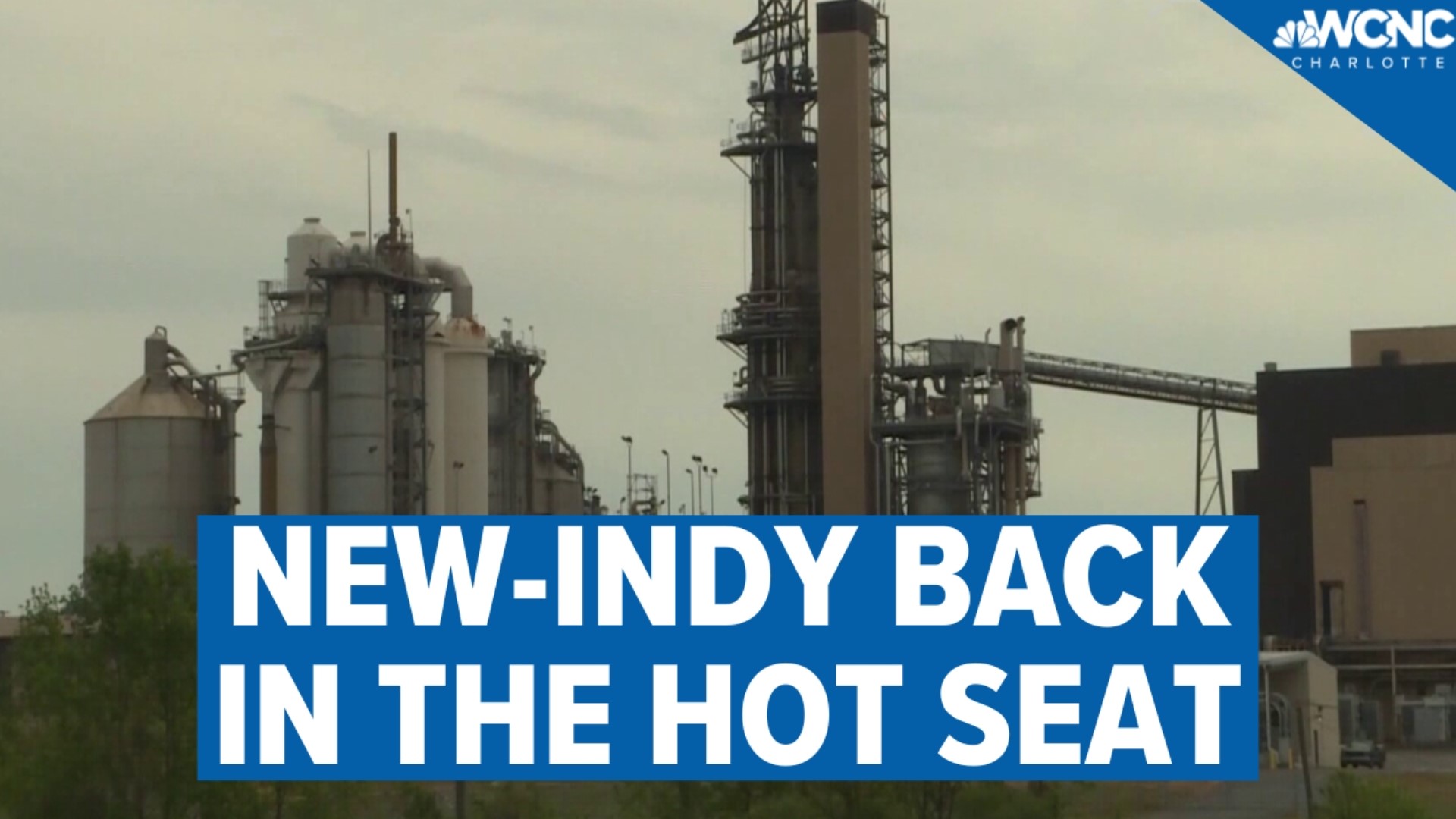CATAWBA, S.C. — The Environmental Protection Agency (EPA) sent New-Indy Container Board a letter that detailed a slew of potential violations, namely that the company might not be in compliance with the Clean Air Act.
The plant located in the town of Catawba, South Carolina is a paper and pulp production site that has been releasing odorous and potentially dangerous gas into the air. The plant is now at the center of a recently-filed lawsuit and has invoked the ire of neighbors for several years.
Kerri Bishop has been leading the charge on getting solutions regarding the plant for several years. She said the letter from the EPA is part of a request for New-Indy to address the 19 possible violations.
PREVIOUSLY: Tighter restrictions in place for New-Indy
Of those 19, a few stand out to Bishop.
“Number one is a big concern for me," Bishop said. That violation claimed New-Indy may have modified a "major stationary source" that would result in a "significant emissions increase" of a pollutant.
Specifically, the EPA believes New-Indy converted to producing only unbleached paper, shortening cook times in a digester, increasing the amount of virgin pulp produced each day, changing the method of treating certain process condensates, and increasing the kappa number from 30 to 90.
That kappa number, according to the International Organization for Standardization (ISO), indicates how bleachable pulp is.
The EPA letter also showed a slew of other gases could have been released from the combination of the company's boilers, furnaces, and water treatment.
“And that one is bothersome because now we are admitting there could be more in the air," Bishop said.
Aside from the hydrogen sulfide that many were aware of, there are four other gases mentioned. WCNC Charlotte wanted to learn more about the gases by consulting with the EPA and Centers for Disease Control and Prevention (CDC).
The first gas is nitrogen oxide. It's found most commonly in exhaust from cars and power plants. High exposure can cause rapid burning and swelling of the throat, reduced oxygen, and even death.
Another gas mentioned was called volatile Organic Compounds. They are man-made and are typically found in things like paint and cleaning supplies. It's known to cause headaches, irritation, and damage to the liver, kidney, and central nervous system.
The third gas is sulfur dioxide. It's most commonly found in the burning of fossil fuels and smells like a burning match. It can aggravate heart and lung conditions.
The last gas is TRS. It's sulfur in its most reduced state. Low levels of exposure to TRS can cause headahces, depression, and fatigue.
Potential violation number 4 is related to the average waste the New-Indy makes. The document said the company's "low pulp production days" appear to have "skewed" New Indy's 15-day average.
Bishop said this means the average waste production could be higher.
New Indy sent WCNC Charlotte a statement:
New-Indy Catawba LLC received the Notice of Potential Violation and Opportunity to Confer in early December 2022. We have conferred with representatives from the Environmental Protection Agency (EPA) twice since receiving that document. We have also provided the EPA with some supplemental information. We are still in the process of providing the EPA with responsive information at this time.
Contact Austin Walker at awalker@wcnc.com and follow him on Facebook, Twitter, and Instagram.

